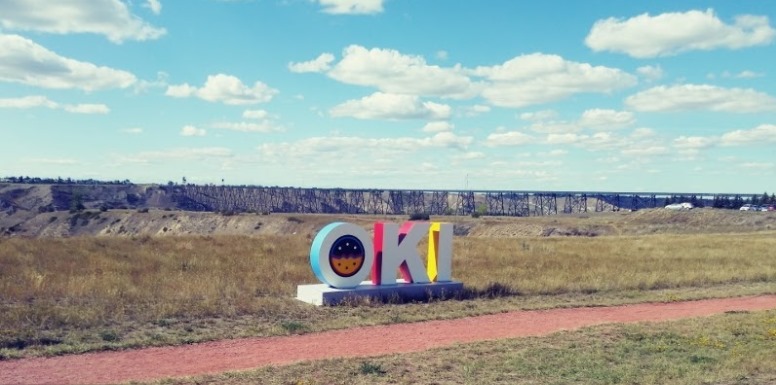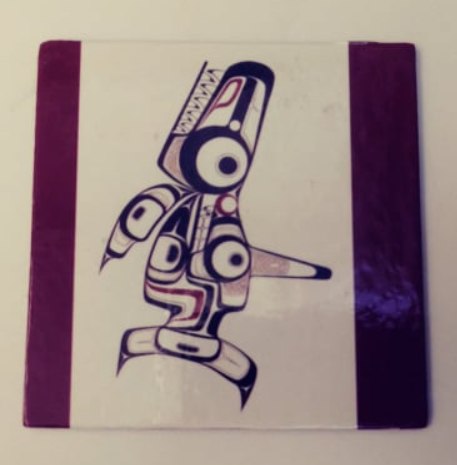First Nations People of Vancouver Island
First Nations People on Vancouver Island - Day 57 - Daily Content Challenge
Vancouver Island has been the homeland to 50 First Nations peoples for thousands of years. The 50 First Nations are divided into three distinct tribal regions. The Kwakwaka’wakw, the Nootka or Nuu chah nulth, and the Coastal Salish are the three main First Nations groups on Vancouver Island.
While visiting a friend north of Nanaimo, BC we had the opportunity to stop in to an Aboriginal Center in Campbell River, British Columbia. We were delighted to see many wonderful examples of their culture and artwork.
I believe we were at the I - Hos Gallery which is located on the site of the original Comox Village. The Gallery overlooks Queneesh (Comox Glacier), Coox Bay and the Gulf Islands. The I-Hos Gallery presents a collection of traditional and contemporary northwest coast artwork and crafts. Masks, paintings, prints, ceramics, wood carvings, textiles and clothing, gold and silver jewellery produced by First Nations artists are displayed here.
Symbols are used by the First Nations people in their art to preserve their culture and tradition. I am so happy the First Nations people are willing to share their culture with all of us. We have so much to learn from each other. Take the time to learn more from one another.
This fridge magnet shows traditional First Nations artwork. I am not sure but I think the magnet shows a raven. Please correct me if I am wrong.
On the I-Hos Gallery brochure, I found the Legend of Queneesh.
"Long ago there were big cedar planked houses, totem poles and canoes in the Comox Valley. The nights were very quiet, except for the sounds of the water, sea birds and of hooting owls. One night an old man, Quoi Qwa Lak, had a dream. In that dream a voice told him he must tell the chief and the Comox people to prepare for a great flood. They built canoes and packed them full of food and clothes. The young men made a strong cedar rope and took it to the top of the glacier and fastened it tightly. The people tied their canoes to the rope. Not to long after, it began to ran and it rained and rained for days. Soon there was only a little of the glacier showing. The Comox people were afraid. Then all of a sudden the glacier began to move. The people began to cry 'White Whale, White Whale! Queneesh, Queneesh.' The glacier had taken the form of a whale and saved the people. The rain stopped, and Queneesh still stands guard over the Comox people to this very day."



